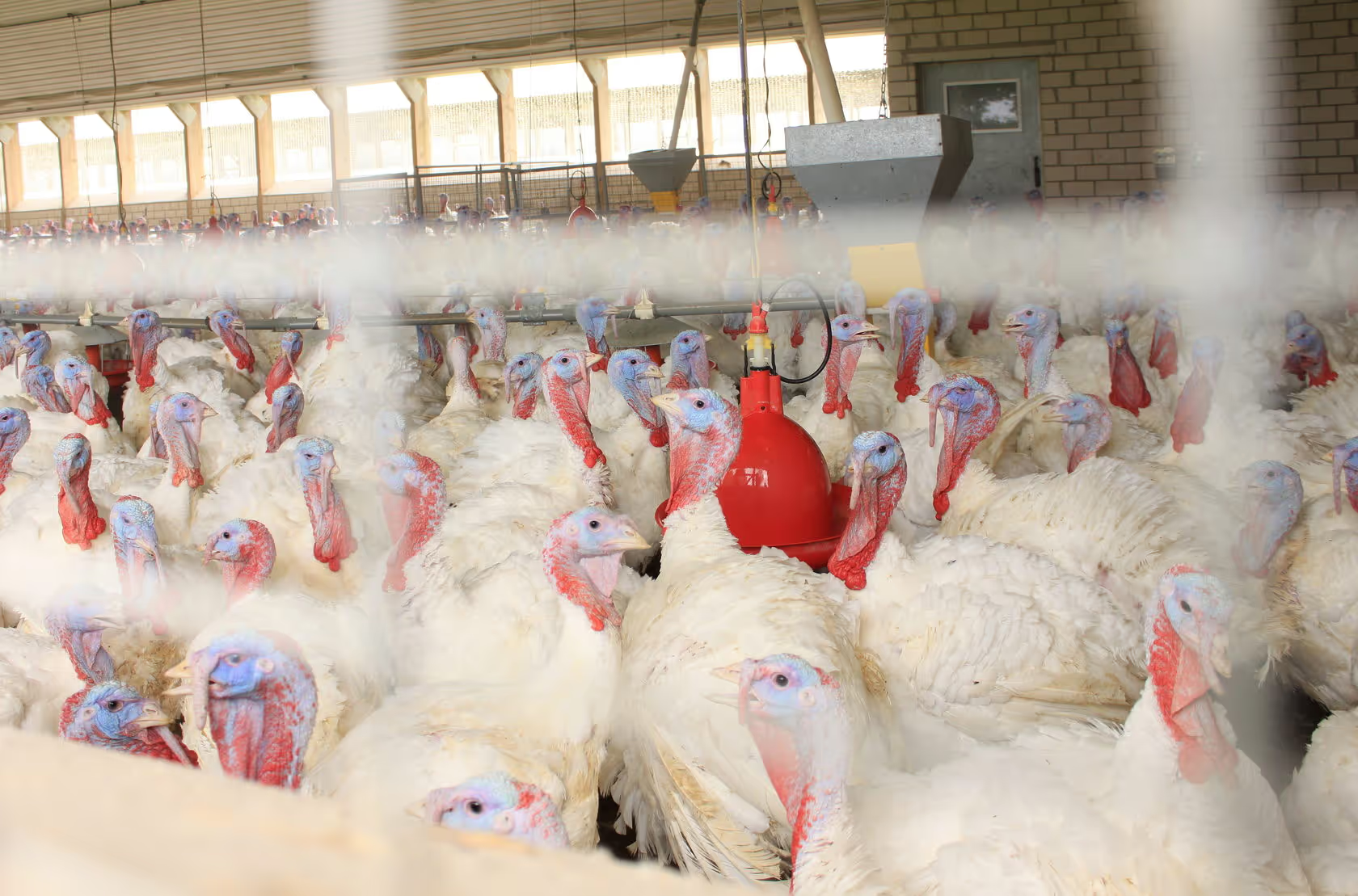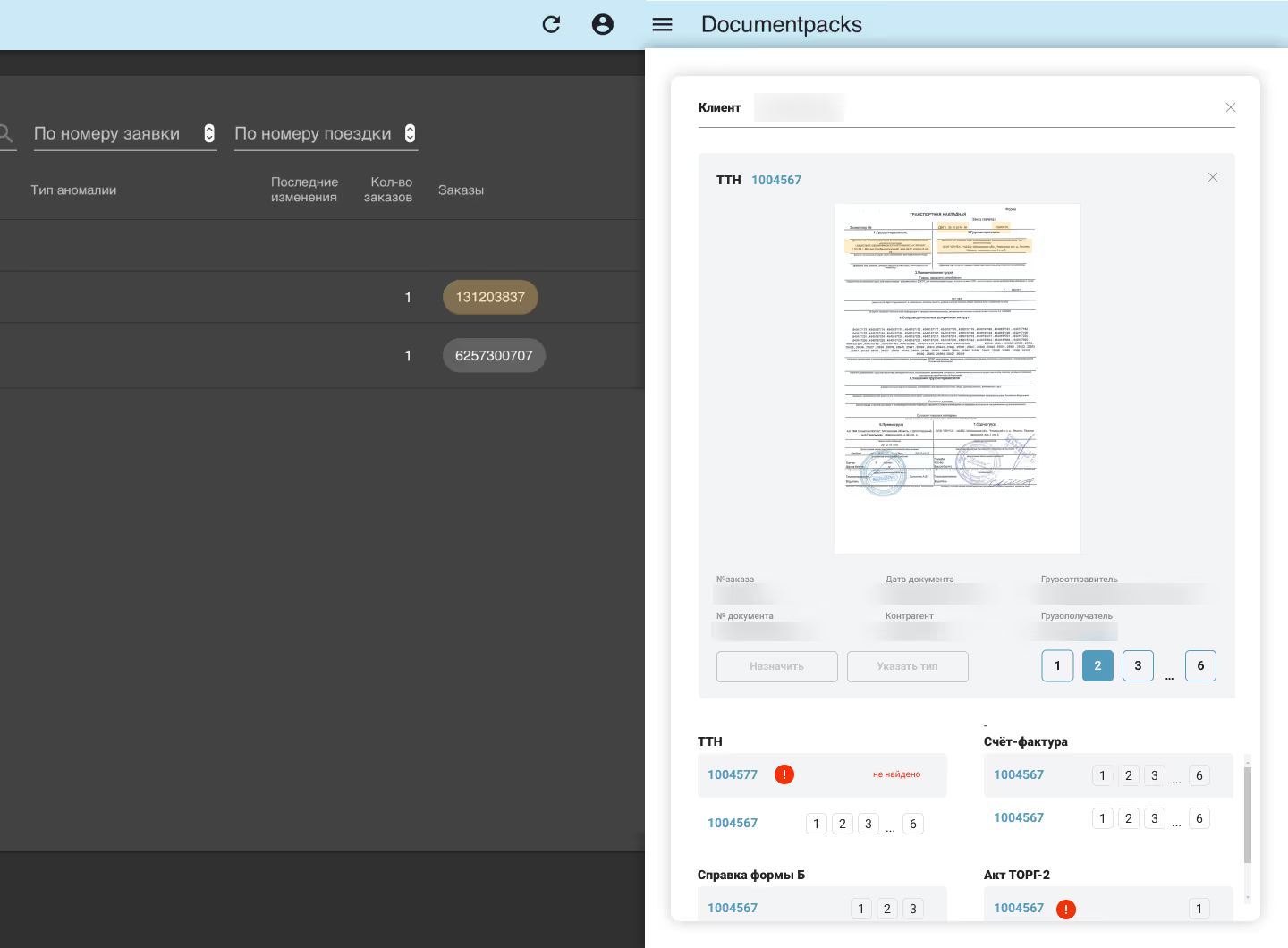Client
Russia's largest agricultural holding company specializing in the production of food products from turkey, duck, lamb and other animal products. It occupies 50% of the Russian market for turkey products.
The holding includes enterprises that cover the full production cycle: from the production of animal feed and livestock reproduction to the production of finished products (semi-finished products and meat delicacies).
The client produces goods both under its own brands and under the retailers' own brands.
At the time of KT.team's work on the project, the product line of semi-finished products included about 900 products.
Objective: To implement a PLM system (Product Lifecycle Management), smart conveyor management systems and a production workday planning system.
The problem
Despite production volumes, many of the client's key processes were not digitized and automated. For example, product specifications were stored in plain text or spreadsheet documents in a non-centralized manner. The matrix of technological transitions between products (lists of actions and the duration of switching the conveyor to the production of a new product) existed in tabular form, and planning the working day each time became an analytical task, taking up a lot of time and resources.
These and other aspects of the work needed to be automated as much as possible, reducing the cost of routine operations.
Solution: implement PLM, digitize processes and delegate routine operations to the system using the functionality of directories
Result 1: specifications are stored centrally and are easy to change when needed
The first step in working on the project was automating the process of working with specifications and flow charts.
The process looks something like this: when an idea for a new product comes up, methodologists develop it. They compile a product specification, a list of initial ingredients, and a production methodology. These documents are then approved by technologists who can confirm or correct processes.
Previously, all documents (specifications, flow charts, etc.) were kept separately, it was difficult to regulate access to them, and changes (for example, the adjusted composition of spices in minced meat or changes in packaging) were not transparent to all participants in the process.
After the process is transferred to Pimcore, specifications and process maps are linked to a specific product. We have implemented a division by role within Pimcore so that only methodologists and technologists have access to document changes, and approved specifications and technological maps are transferred to production. Production users cannot accidentally change key documents.
Result 2: routine production processes are performed faster due to the parallelization of sub-processes
Previously, all actions within the same process, according to technological maps, were more consistent.
Together with the client, we analyzed each of the existing processes and set up tools for analyzing roles and actions. Using these tools, the client identified tasks and sub-processes that can be performed in parallel without losing quality and efficiency. For example, when switching the smart conveyor between products, it was necessary, among other things, to wash the knives and wash the container for the finished product. Since several people switch, they can perform these tasks simultaneously without compromising safety regulations. Thus, it was possible to significantly reduce the loss of time during technological operations.
Result 3: the preparation of a production workday plan is automated and takes into account constant and variable factors
The planning of a working day at a client's production depends on several factors:
- today's production plan: this plan is adjusted daily depending on sales dynamics;
- a plan for shipping private label goods from retailers, which also depends on the dynamics of sales of such products;
- transport arrival schedule from partners: each partner has strictly coordinated shipping windows. For example, Magnit can pick up its order from 6:45 a.m. to 7:15 p.m. By this time, the entire range agreed with Magnit should already be in the loading area. If the order is not completed in time, the client faces fines, and already packaged products under the private label will have to be unpacked and disposed of.
Almost all of the customer's products are manufactured on three smart conveyor lines that can be configured both for basic poultry cutting and for cooking breaded cutlets.
The client had a so-called transition matrix — a table of 900 rows and 900 columns, which specified the time to switch between products and the set of actions required for this. Each switch can take from a few tens of seconds to ten minutes, depending on what actions the workers need to do: replace the knives, add the curing mixture or seasonings to the appropriate containers, wash the containers for finished products, etc. At the same time, the switching time is not obvious: for example, only switching between primary cutting and releasing the legs will take 6 minutes, and all switches in the “cutting — releasing large fillets — releasing small fillets — releasing legs” sequence are 9 minutes.
Each time, planning a working day was an analytical task for several man-hours or even work-days.
We have digitized both the transition matrix and the schedule of transport arrivals from the client's partners using directories — a special feature of Pimcore. Now, to plan the working day, the engineer needs to list the products planned for today. The system automatically calculates acceptable options, taking into account existing restrictions, which has reduced the time to prepare a working day plan by several times.








